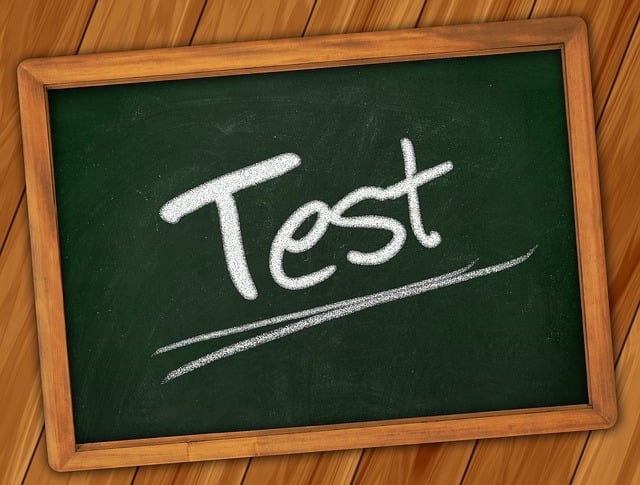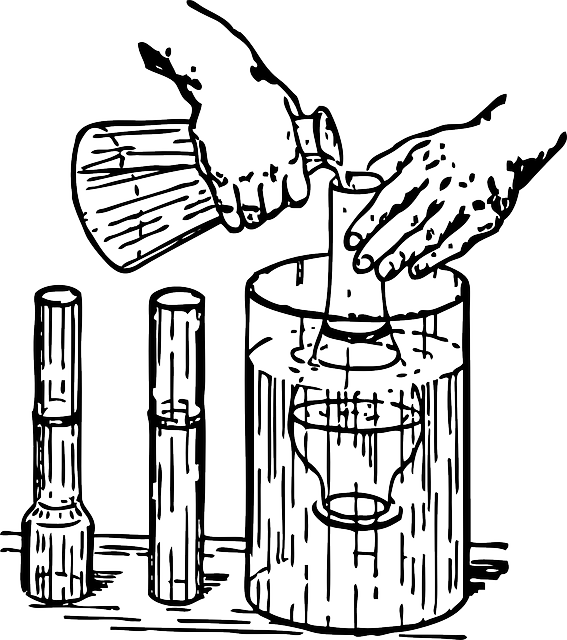Understanding mold testing and inspection differences is crucial for assessing environmental risks. While visual inspections identify visible growth, air quality mold tests scientifically detect spores in the air, revealing hidden colonies. Professional inspections offer more thorough results than DIY home testing kits, which may miss hidden mold growth or yield less precise results due to user error. Consulting a professional inspector provides accurate identification and comprehensive evaluation for reliable peace of mind when detecting mold issues.
“Unsure about the best way to detect mold in your home or building? This comprehensive guide breaks down the nuances of mold testing versus inspection, delving into the accuracy rates of air quality mold tests and comparing home mold testing kits with professional inspections. Understanding these methods is crucial when deciding whether to test for mold and ensuring a safe environment. By the end, you’ll be equipped with knowledge to make an informed decision about the best approach for your specific situation.”
- Mold Testing vs Inspection: Understanding the Difference
- Air Quality Mold Tests: How Accurate Are They?
- Home Mold Testing Kits vs Professional Inspections: Which is the Best Way to Detect Mold?
Mold Testing vs Inspection: Understanding the Difference

When it comes to understanding hidden risks in your environment, knowing the difference between mold testing and inspection is crucial. While both aim to uncover mold presence, they approach the process from distinct angles. Mold inspection involves a visual assessment of a property by a trained professional. Inspectors look for signs of mold growth, water damage, or potential sources that could foster mold development. This method is valuable for identifying visible mold or assessing overall moisture levels in a space.
In contrast, mold testing, or air quality mold tests, employs scientific techniques to detect the presence and type of mold spores in the air. These tests can uncover hidden mold colonies that may be inaccessible or not immediately visible. Home mold testing kits offer a DIY option, but professional mold inspection provides more comprehensive results, especially in complex situations. For those pondering whether to test for mold, consider factors like recent water damage, musty odors, or health concerns—if these exist, an air quality mold test may be the best way to detect mold and ensure a healthy living or working environment.
Air Quality Mold Tests: How Accurate Are They?

Air Quality Mold Tests have gained popularity as a quick and non-intrusive method to assess potential mold issues in homes or buildings. These tests typically involve collecting samples of airborne spores using specialized equipment, such as air samplers or pipettes. The accuracy of this approach lies in its ability to provide insights into the current mold levels present in the air. However, it’s important to understand that air quality mold tests may not always detect hidden mold growth behind walls or under flooring, as these samples only capture what is present in the air at the time of testing.
When compared to a professional mold inspection, which involves a thorough visual assessment and often includes moisture meter readings and sample cultures, air quality mold tests offer a more limited perspective. Home mold testing kits, while accessible and user-friendly, may produce less precise results due to potential user error or variations in sampling techniques. For accurate identification and comprehensive evaluation of mold presence, consulting a professional inspector is recommended, especially for properties with suspected but undetected mold issues.
Home Mold Testing Kits vs Professional Inspections: Which is the Best Way to Detect Mold?

When it comes to detecting mold in your home, there are two primary methods: using home mold testing kits or opting for a professional inspection. Home mold testing kits are appealing due to their convenience and affordability; they allow property owners to take samples and receive results relatively quickly without hiring an expert. These DIY kits often include collection swabs, Petri dishes, and instructions for sending the samples to a lab for analysis. However, while these kits can provide initial insights, they may not offer the same level of accuracy as professional inspections.
Professional mold inspections are considered the best way to detect mold comprehensively. Trained inspectors use specialized equipment, such as air quality mold tests, to assess hidden mold sources and determine its extent. They have access to advanced tools and knowledge about various types of mold, ensuring a thorough evaluation. Additionally, professionals provide detailed reports with recommendations for remediation, which can be crucial in mitigating potential health risks associated with mold exposure. Comparing the two, professional inspections are more reliable when it comes to pinpointing the source and severity of mold issues, making them an excellent choice for comprehensive peace of mind.
